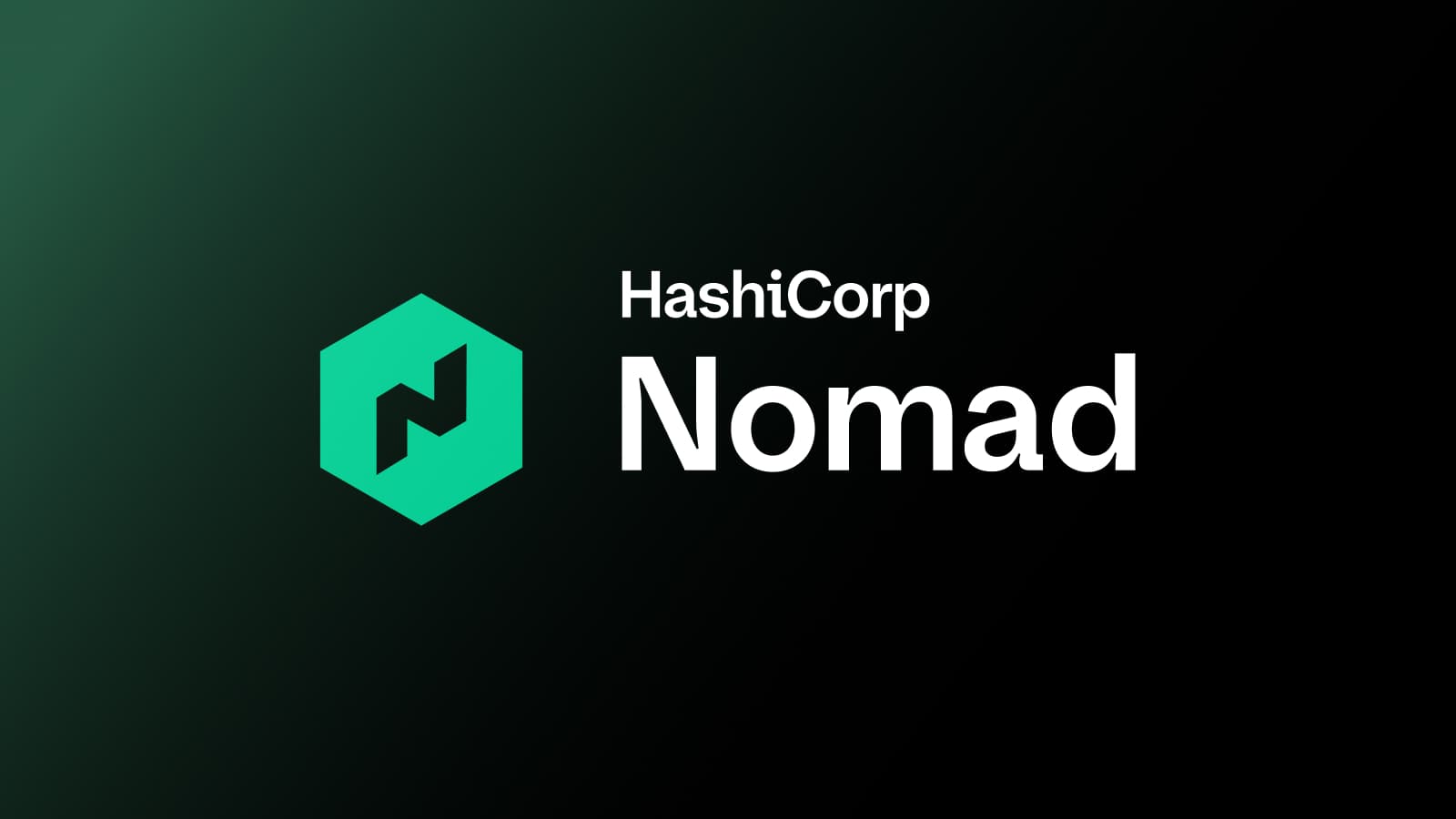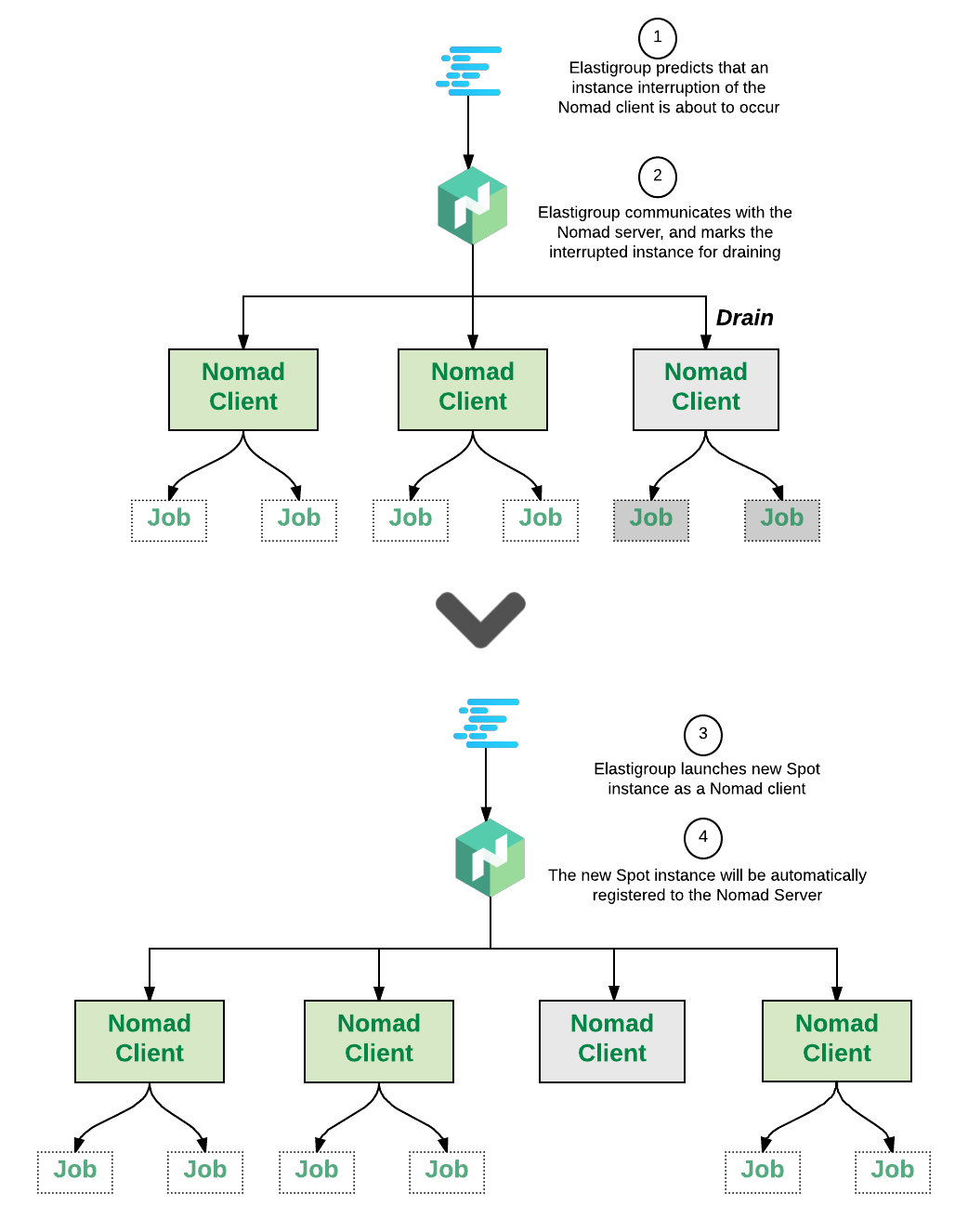Spotinst and HashiCorp Nomad to Reduce EC2 Costs for Users
This is a guest post from Pavel Klushin, Solutions Architect at Spotinst. Spotinst is an online cloud management platform which allows companies to run their mission-critical applications and manage their infrastructure while reducing costs by up to 80%.
Utilizing capacity in the cloud can save a lot of money, but taking advantage of those savings requires a lot of work. Spotinst is a platform for running and managing elastic cloud compute and enables companies to reduce their compute infrastructure costs by 60-80%. HashiCorp Nomad provides easy-to-use and flexible cluster management and container scheduling. Nomad and Spotinst Elastigroup together allow you to efficiently deploy containerized workloads and easily manage clusters at any scale for a fraction of the cost.
Spotinst Elastigroup uses predictive algorithms and a proactive approach to enable high-availability for cost-optimized cloud compute resources such as Amazon EC2 Spot instances, Microsoft Low-priority Azure Virtual Machines, and Google Preemptible Virtual Machines.
»Why Spotinst and HashiCorp Nomad
Spotinst is focused on reducing infrastructure costs and simplifying operations for customers, creating a natural synergy with Nomad. Containers are a perfect fit for the diverse pool of resources that Spotinst Elastigroup thrives on. Elastigroup enables you to provision capacity across multiple Instance Types and Availability Zones, which helps improve your application's availability while reducing operating costs using the Spot Market. For example, a single cluster can run a mix of m3.large, m4.large, and c3.large instances in the us-west-2a and us-west-2b Availability Zones. Nomad provides an extensible and flexible container scheduler which, when combined with Elastigroup, allows you to efficiently deploy containerized workloads and easily manage clusters at any scale at a significant cost savings.
»How it Works
Spotinst Elastigroup integrates seamlessly with Nomad’s client/server deployment configuration. Each instance within the Elastigroup automatically registers itself to the cluster as a client node and will be managed by Nomad and monitored by Spotinst. Nomad servers are managed independently using your preferred instance type.
- The Spotinst algorithms predict that an instance interruption of the Nomad client is about to occur.
- Elastigroup communicates with the Nomad servers and marks the interrupted instance for draining.
- Elastigroup launches a new Spot instance as a Nomad client.
- The new Spot instance is automatically registered with Nomad.
Additionally, Elastigroup provides automatic scaling policies based on CPU, memory, and other AWS CloudWatch metrics to meet the changing demand of services provided through Nomad. Elastigroup saves money by using spot prices, as well as the trends of the Nomad client utilization.
»Getting Started
Spotinst & Nomad provide an easy way to deploy applications at any scale while reducing costs! For more information and a step-by-step demonstration refer to the Spotinst & Nomad Integration Guide available on the Spotinst blog.
To get started with Nomad, you can download the open source version from https://www.nomadproject.io. To get started with Spotinst visit https://spotinst.com.
Sign up for the latest HashiCorp news
More blog posts like this one

Nomad 1.10 adds dynamic host volumes, extended OIDC support, and more
HashiCorp Nomad 1.10 introduces dynamic host volumes, extended OIDC support, expanded upgrade testing, and improved CLI to UI transition.

Patterns to refactor infrastructure as code for compliance
Use policy as code and immutability to refactor infrastructure to comply with organizational standards.

Nomad 1.9 adds NVIDIA MIG support, golden job versions, and more
HashiCorp Nomad 1.9 introduces NVIDIA multi-instance GPU support, NUMA and quotas for devices, exec2 GA, and golden job versions.
